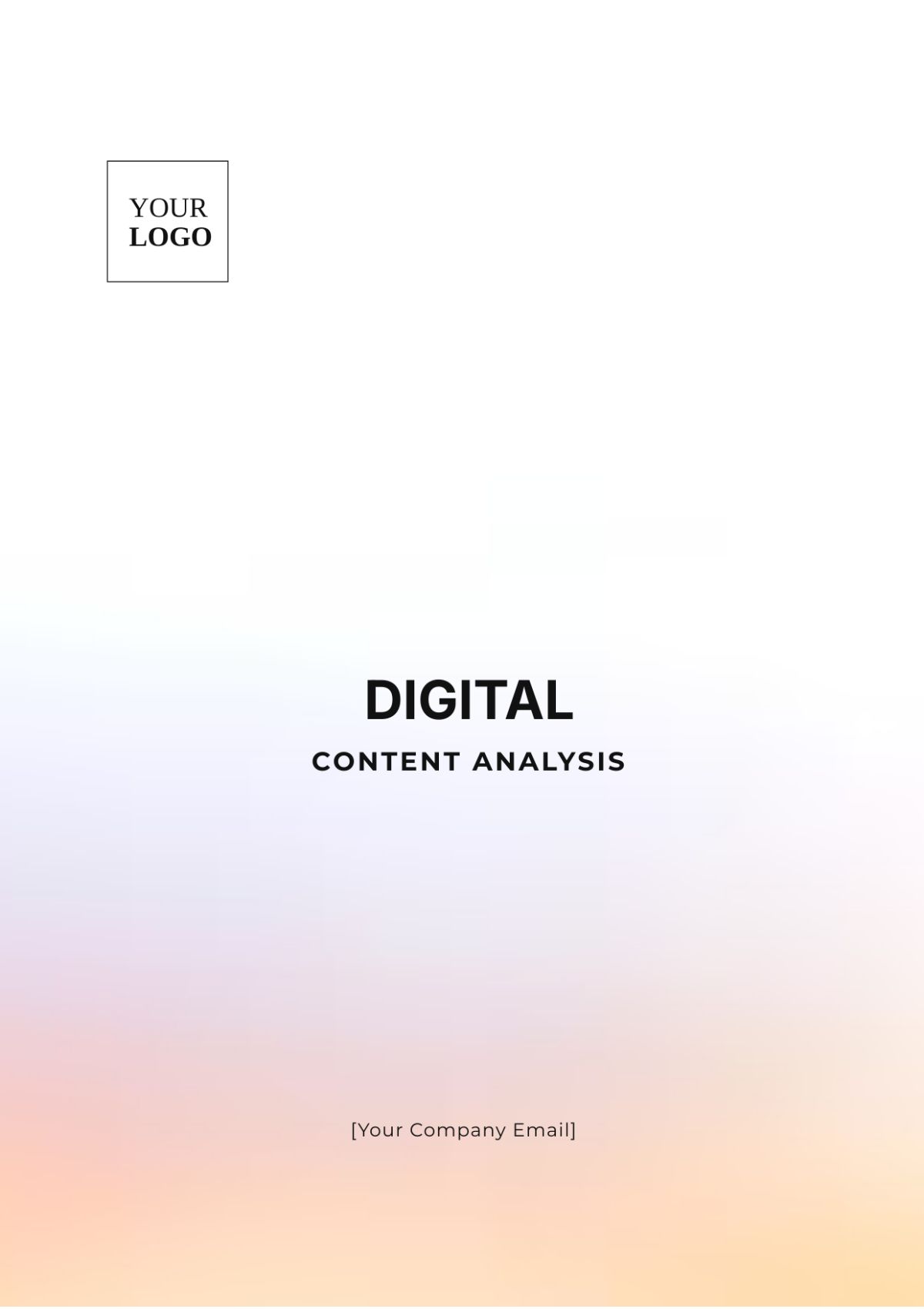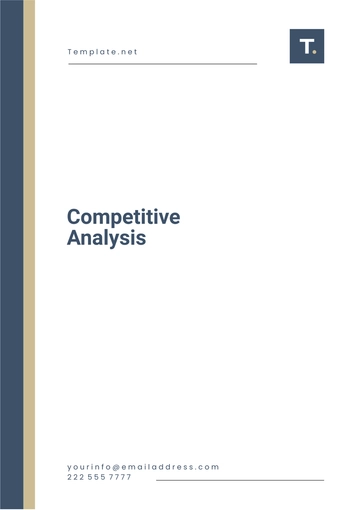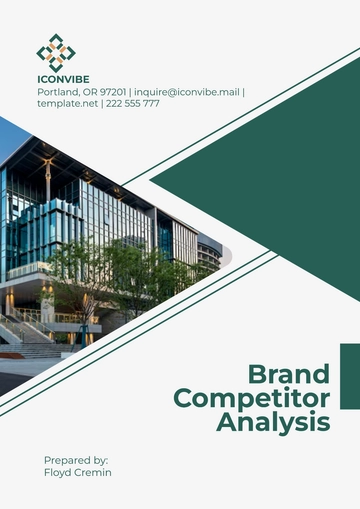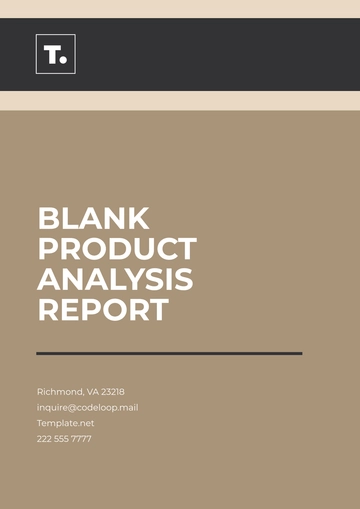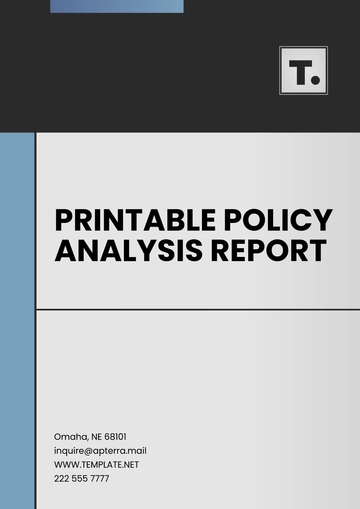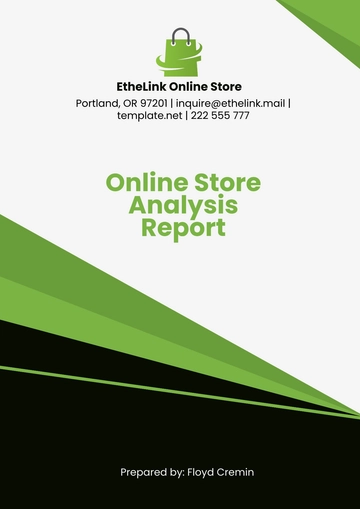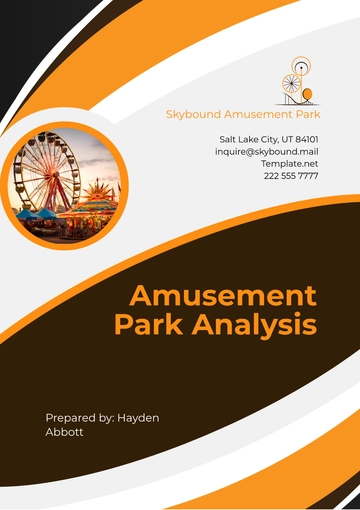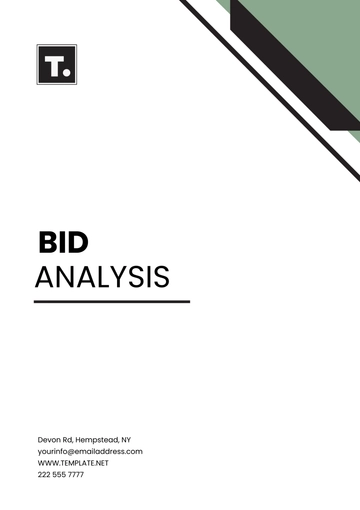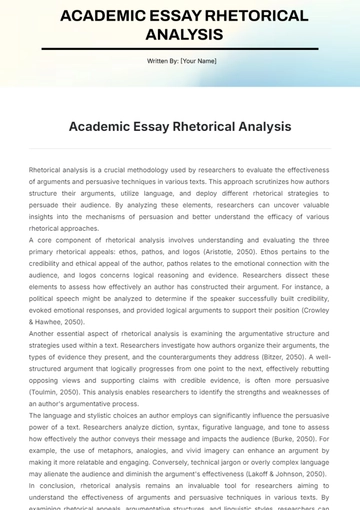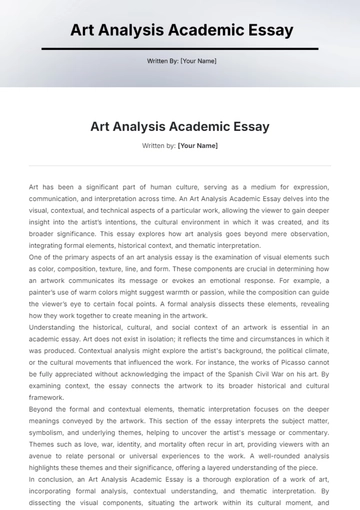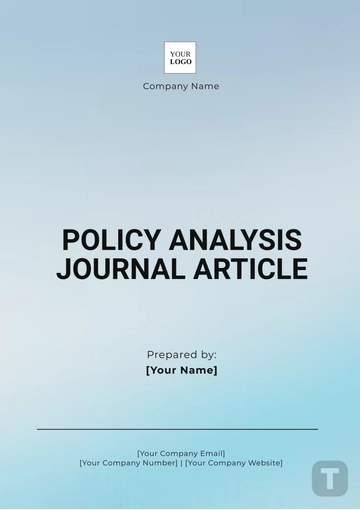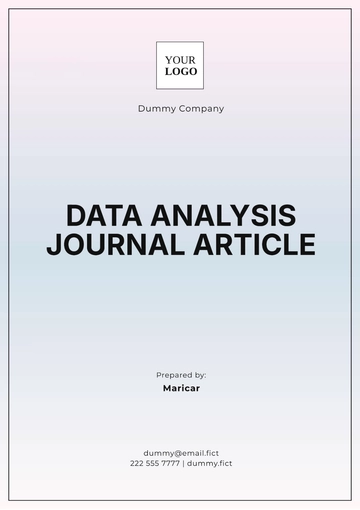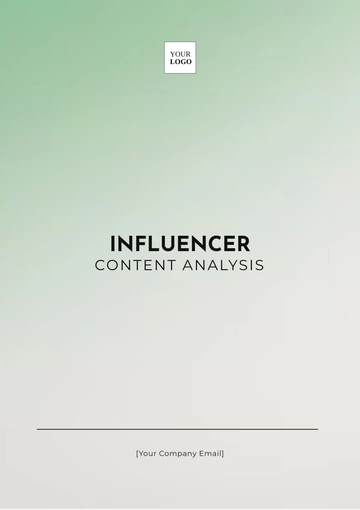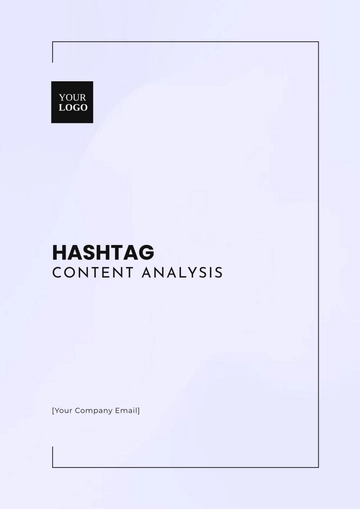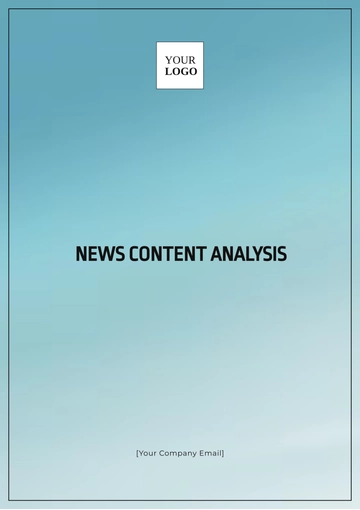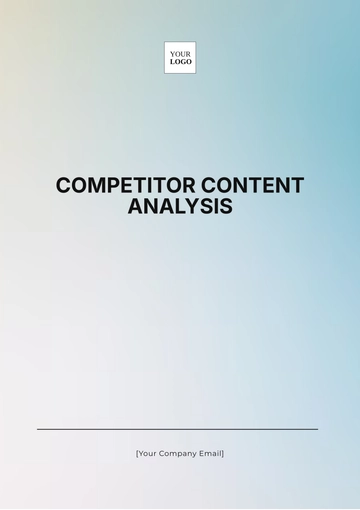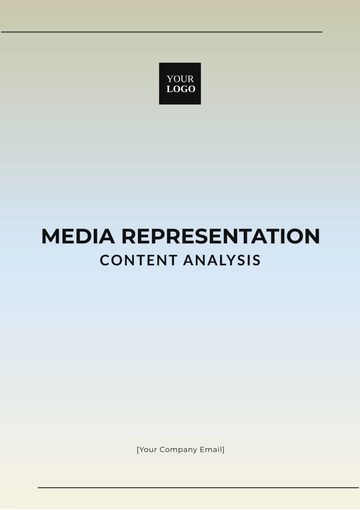Digital Content Analysis
Prepared By: [Your Name]
I. Introduction
This report provides an analysis of [Your Company Name]'s digital content performance across its blog and social media platforms over the past quarter. The goal is to evaluate the effectiveness of our content strategies, identify areas for improvement, and provide actionable recommendations to enhance engagement and conversion rates.
II. Objectives
Evaluate Blog Content Effectiveness: Understand how well blog posts engage readers and drive traffic.
Analyze Social Media Performance: Assess the performance of social media posts in terms of reach and engagement.
Identify Areas for Improvement: Pinpoint strengths and weaknesses in current content strategies.
Provide Recommendations: Offer insights for optimizing future content and distribution efforts.
III. Content Types
Blog Content: Includes articles on industry trends, how-to guides, and company updates.
Social Media Content: Comprises posts on Facebook, Twitter, and Instagram, including promotional updates, customer testimonials, and interactive polls.
IV. Channels for Distribution
Blog: Distributed through the company’s website and shared on social media platforms.
Social Media: Content is posted directly on Facebook, Twitter, and Instagram, with occasional boosts for higher visibility.
V. Metrics for Evaluation
1. Blog Content Performance:
Engagement Metrics:
Conversion Metrics:
Reach Metrics:
2. Social Media Performance:
Engagement Metrics:
Likes: 3,000 likes on average per post
Shares: 500 shares on average per post
Comments: 150 comments per post
Click-through Rate (CTR) on Links: 4%
Reach Metrics:
Impressions: 100,000 impressions per month
Follower Growth: 1,000 new followers across platforms
SEO Metrics:
VI. Data Analysis
A. Quantitative Analysis
Blog: Blog posts are generating significant traffic with an average time spent of nearly 4 minutes. The bounce rate is higher than the industry average, suggesting a need to improve content relevance or user experience.
Social Media: Social media posts show strong engagement, with high likes and share counts. However, the CTR is lower than expected, indicating potential issues with call-to-action effectiveness or link relevancy.
B. Qualitative Analysis
Blog: Positive feedback indicates that readers find the content informative and valuable. However, some comments suggest that articles could benefit from more visuals and interactive elements.
Social Media: Posts are well-received, with high engagement rates. Feedback suggests that audience segments prefer more interactive content such as polls and live Q&A sessions.
VII. Strategies for Optimization
A. Enhance Content Quality
Incorporate more visuals and interactive elements in blog posts to reduce bounce rates and improve engagement.
Create more in-depth guides and industry analyses to add value and keep readers engaged longer.
B. Improve SEO
C. Leverage Multiple Channels
D. Personalization
VIII. Conclusion
The analysis reveals that while [Your Company Name]’s digital content performs well in terms of engagement and reach, there are opportunities to improve content relevance and conversion rates. By enhancing content quality, optimizing SEO, leveraging multiple distribution channels, and personalizing content, [Your Company Name] can further boost its digital presence and achieve greater marketing success.
Analysis Templates @ Template.net
